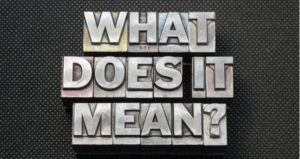Tips from the Pros: Using Technology to Scaffold Conceptual Development
We use technology to facilitate group activities. If we want to engage our students in a brainstorming activity in our face-to-face classroom, for instance, we may choose to use a technology like Padlet that allows multiple students to collaborate and contribute ideas simultaneously. Teachers also










